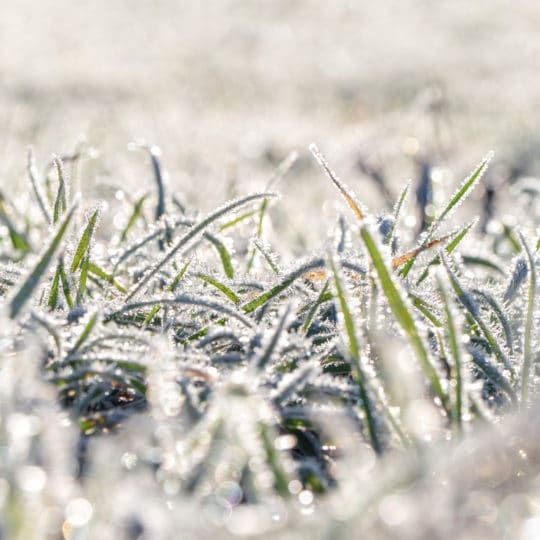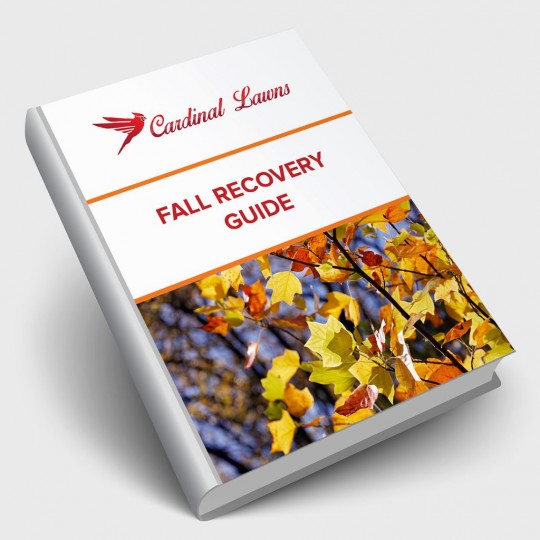Winter Lawn Fertilizing Dos and Don’ts
And Other Seasonal Lawn Maintenance Tips
Posted
January 21, 2021

Now that winter is here and your grass is dormant you may think you have a break from lawn care. You do, for the most part, but there are still some tips to keep in mind. Even if your grass looks like it needs a refresh, wait. Follow these winter lawn fertilizing dos and don’ts and become familiar with what your yard currently needs.
Winter Lawn Fertilizing
Now that we’re in the middle of winter, you may be noticing your grass has looked better. You may be tempted to give it some TLC in the form of fertilizer. Stop. Now is not the time.
There are winter fertilizers formulated to help your lawn survive the harsh winter, but they should have been applied in late fall after the last mow and aeration of the season and before the first frost. These slow-release formulas help feed your lawn throughout the winter, improving the root system and providing enough resources until warmer weather sets in.
If you haven’t already applied this fertilizer, you have to wait until the weather warms to do so. Applying fertilizer now may result in chemical burns, root damage, and blade damage.
You also don’t want to fertilize too early. This encourages grass to focus on shoot growth instead of root growth. To help determine when it’s time to fertilize, wait until daytime temperatures are consistently in the 70s.
Winter Lawn Care Tips
Other than fertilizing, there are other dos and don’ts to remember this winter.
Do weed. Some weeds not only survive winter, but this is when they germinate. If you see any, don’t assume the winter weather will take care of them. Remove them from the soil when it’s moist and soft. Then it’s one less thing to worry about come spring.
Clear your lawn. You should have already raked up leaves and thatch to give your grass some breathing room. Also be sure to pick up any debris, toys, furniture, or other lawn ornaments out of the grass for an extended period. Whatever is left on your lawn could leave a brown or bare spot behind.
Don’t mow after the first frost. Your grass isn’t growing, so it shouldn’t need it anyway. Doing so will only damage your lawn.
Don’t walk on your lawn. Just because the grass isn’t growing, doesn’t mean it’s indestructible. Walking on it can damage the turfgrass crown. Regular foot traffic also leads to compaction and bare spots. Pick a paved pathway instead, or designate the way with wood chips, stones, or reflectors.
Professional Lawn Care
Take advantage of the slow winter season by planning what you’ll need to do in the spring. Set a schedule based on what happened last year and be prepared to help get your lawn back in shape once it wakes. For help maintaining a healthy, strong lawn, contact Cardinal Lawns. Our lawn experts can help guide you through a program designed just for your lawn no matter the season.

Download Your FREE Fall Recovery Guide
Summer’s extreme conditions can take a toll on your grass and its health. Take some time to learn how to bring your lawn back to life. This handy guide teaches you what needs to be done for a full fall recovery.